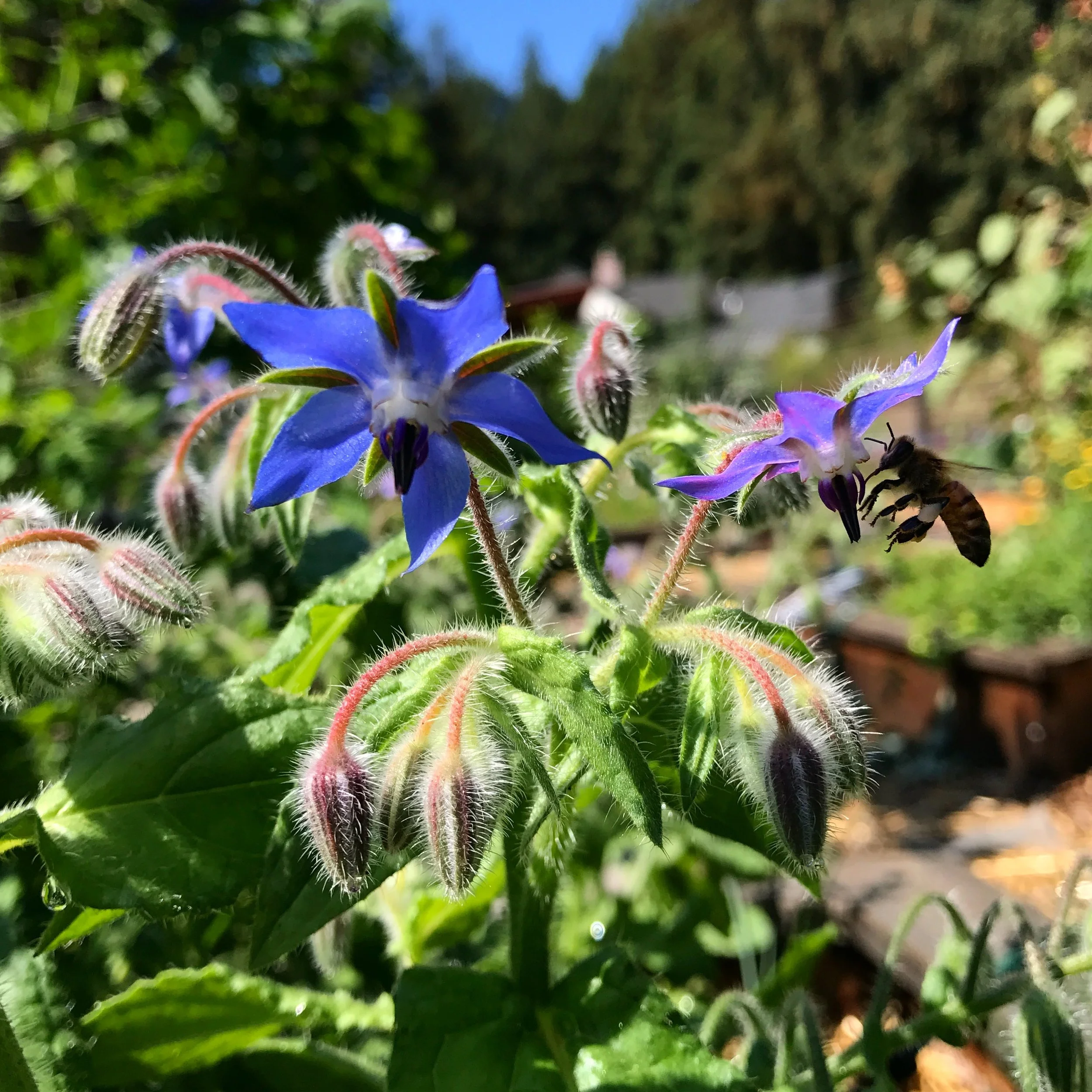For me, March heralds the official start of Spring and the insatiable desire to plant anything and everything. Now is not the time to be fooled by warm spells because we could still experience a late frost. Patience is the key, and while I wait to plant warm-weather veggies, it's a good time to start thinking about my summer garden layout.
To maintain soil balance and dissuade pests from returning to the same location, it's a good idea to rotate your crops. Following companion planting suggestions is one way to help you get some ideas for mixing it up.
So, what is companion planting? It's where different plants are grown together to support each other's needs. I like to say it's the plant world's definition of "friends with benefits".
Years ago, I found the book Carrots Love Tomatoes by Louise Riotte, and I dove headlong into her insight and planting suggestions. By consciously grouping plants, my garden transformed into a healthy ecosystem. I didn't have the same pest troubles, and my plants thrived. One of my many discoveries involved the use of Borage. Growing up, I remember it from my mom's herb garden with its bright, shooting star-like flowers. It has been in nearly every garden I've grown, but not amongst my veggies. It took me years to realize the benefits of growing flowers, herbs, and veggies together. Now, I have dozens of borage plants all over my garden. It attracts both pollinators and insects that will prey on common garden pests. Combined with its ability to readily self-sow, you can see why it's a must-have in any garden. Paired with strawberries, it improves the soil's minerals, boosting the berries' flavor.
Another great companion to nearly everything is onions. They don't require much room, and their smell is a natural pest and bird deterrent. I grow them in between almost all my plants. Kale and broccoli, with their shallow roots, work well amongst potatoes; calendula's sticky stems help keep aphids off brassicas; nasturtiums attract hummingbirds and act as a ground cover, and the list goes on. Once you "dig in" to the world of companion planting, you'll find many helpful combinations to help you maintain a more balanced garden. While learning helpful combos, I printed and laminated a companion planting chart and placed it in my garden with my tools. When planting, I'd reference it, and soon I learned what worked and didn't work well together. I discovered many combos that have proven themselves over the years. A bed with strawberries, spinach, onions, and borage grows year-round in my garden. I also grow various basil plants amongst my shishito and padrone peppers because they provide a buffer against cool evening temperatures. Start to get creative with how you view your garden and think of ways to arrange your plants to benefit each other.
Also, remember that there is conflicting advice on companion planting, so go with your instincts and experiment to find what works in your garden. Let me know if you happen upon a new combo that your garden can't live without.
Happy Gardening!

